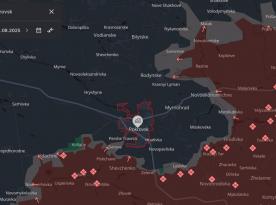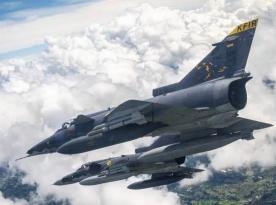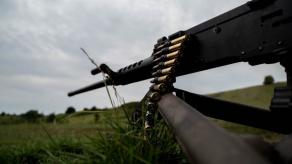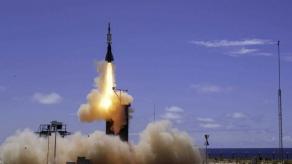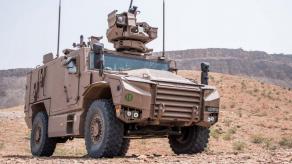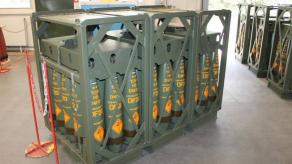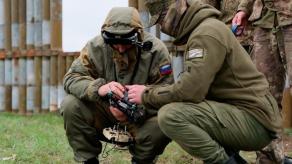Uzbekistan is looking to replace its aging Soviet-era aircraft, and despite plans to order the French Rafale in late 2023, the acquisition hasn't seen much progress since then. Now, Uzbeks may be looking towards China instead, as russian media report with apparent frustration.
These intentions, however, don't find any official confirmation or evidence elsewhere, so these claims should be approached with a reasonable amount of skepticism. Nonetheless, the reports cannot be completely dismissed as unrealistic either because Uzbekistan has a procurement history of Chinese air defense systems, namely the FD-2000 (HQ-9) missile defense system, a clone of russian S-300. In February 2025, Uzbekistan's military also flashed possession of another SAM, perhaps purchased to phase out Soviet S-125.
Read more: Best Photos Yet of Chinese J-36 Stealth Aircraft Reveal New Details

The Air and Air Defence Forces of Uzbekistan operate 12 MiG-29/29UB fighter aircraft in active service, complemented by another 18 MiG-29 and 26 Su-27/27UB fighters in storage, as indicated by The Military Balance 2024 open-source study by IISS. The most likely candidates to replace them are Chinese JF-17 or J-10.
Developed by Chengdu Aircraft Corporation, the jets offer an effective upgrade to the fleet while keeping the cost relatively affordable in terms of both acquisition and maintenance, especially in comparison to Western counterparts. Better ergonomics, multifunction displays, and overall digitalization put them a head above mostly analog Soviet jets, and it pairs well with a broader range of modern weapons integrated with on-board systems.
However, the choice might be dictated not only by purely pragmatic reasons but geopolitical considerations as well. Traditionally a loyal customer of the russian defense industry, Uzbekistan this time decided to not even look into the Kremlin's catalog. This might be linked to Uzbekistan's suspension of Collective Security Treaty Organization membership since 2012, but technical factors could've played their role, too — such as russia's doubtful capacity to fulfill an export order for combat aircraft these days.
Worth noting, Uzbekistan has an annual defense budget of nearly $3 billion, which is a fairly high figure for the region.
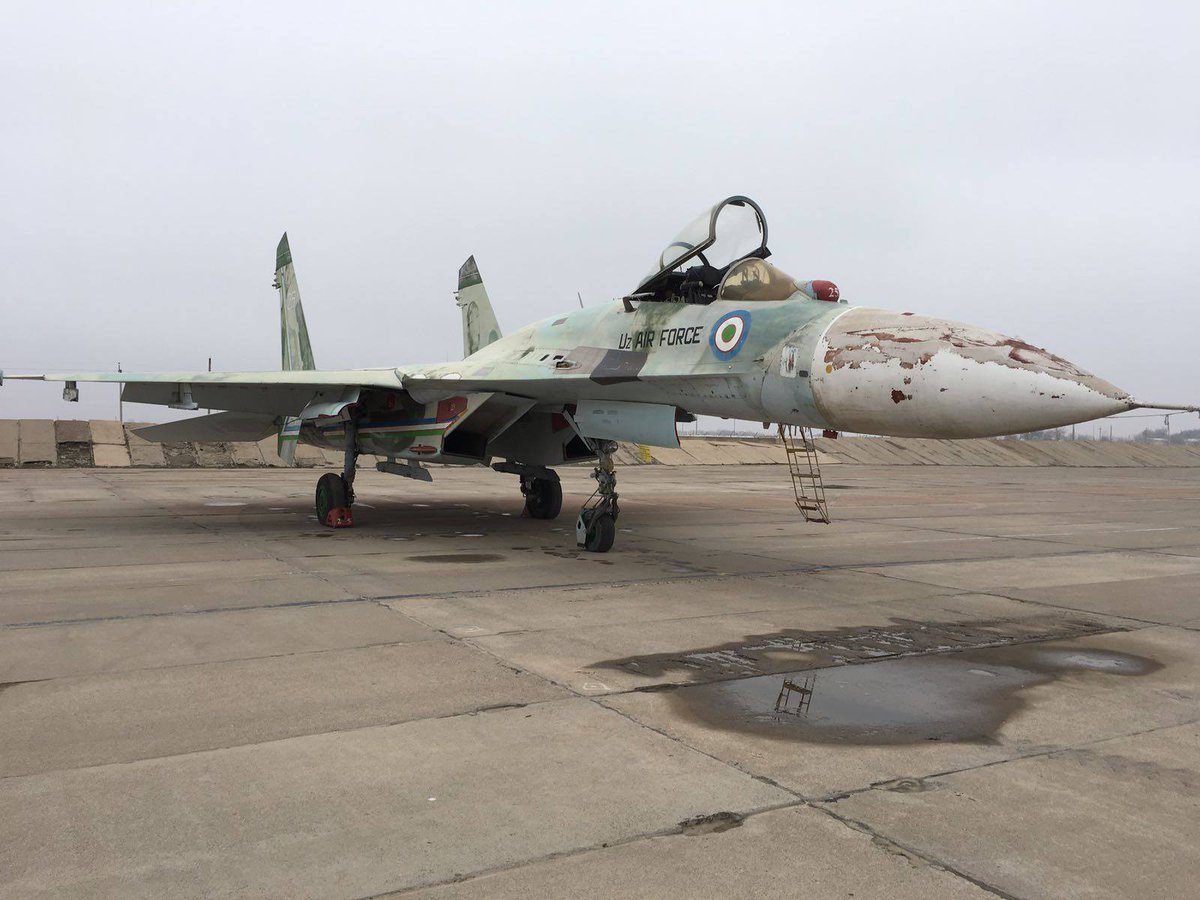
The russian federation seems to be the only one whose positions in the region falter. France, as mentioned, tried to enter the market, with moderate success: the prospects of Dassault Rafale fell apart with Uzbekistan and even Kazakhstan in 2023 — despite having ordered Airbus A400M transport jets, the Kazakh Air Defense Forces chose to go through with prior agreements on russian Su-30SM fighters. On the other hand, Rafale scored a victory in Serbia against the Eurofighter Typhoon and Chinese J-10.
All of the mentioned customers have historically had established relations with russian defense industry, now the focus shifts toward rivalry between European and Chinese manufacturers in Central Asia, particularly over the operators of Soviet aircraft.
Read more: China Has Sold Weapons to 40 Countries in 20 Years, Pushing Out russia and the U.S.—Will Washington Respond?





